Sort:
The average pro reviews rating is 8.2 / 10, based on the 9 reviews.
How we do it
We humanly agregate professional reviews from a number of high quality sites. This way, we are giving you a quick way to see the average rating and save you the need to search the reviews on your own. You want to share a professional review you like?

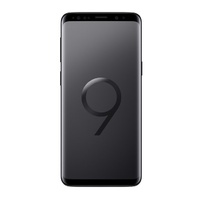

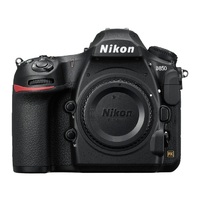
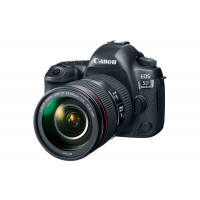

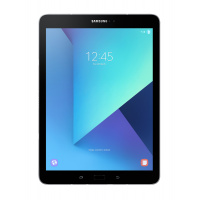

















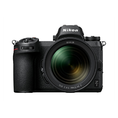







expertreviews‘s review Edit Like Unlike
Oct 22, 2013
computershopper‘s review Edit Like Unlike
Oct 11, 2013
HEXUS‘s review Edit Like Unlike
Oct 08, 2013
www.legitreviews.com‘s review Edit Like Unlike
Oct 08, 2013
www.pcper.com‘s review Edit Like Unlike
Oct 08, 2013
tweaktown‘s review Edit Like Unlike
Oct 08, 2013
TechSpot‘s review Edit Like Unlike
Oct 08, 2013
techPowerUp!‘s review Edit Like Unlike
Oct 08, 2013
hardwarecanucks‘s review Edit Like Unlike
Oct 07, 2013